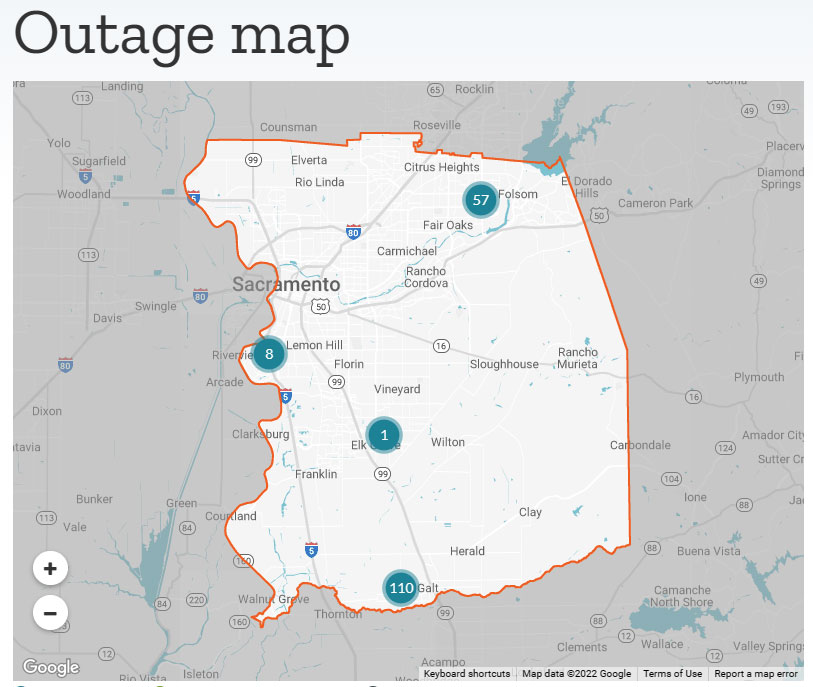
SMUD prepared for winter storm
Report outages at smud.org/Outages
SMUD is prepared for this week’s winter storm, which is expected to produce widespread precipitation off and on through the week. The National Weather Service is also forecasting windy conditions with gusts up to 40-50 mph on Tuesday.
When storms knock out power, SMUD works around-the-clock to restore electric service as safely and as quickly as possible. Customers are encouraged to report outages at smud.org/Outages where they can quickly and easily monitor the cause of the outage and see when power will be restored.
SMUD line crews, troubleshooters and other field personnel are ready to restore power to customers who may experience storm-related outages.
SMUD prepares for storms year-round by routinely maintaining its equipment and trimming trees around its lines, but heavy wind and rain can blow branches into the lines causing storm-related outages.
Here are some tips our customers can use to prepare for storm season:
Preparing for a storm: Prepare a simple emergency kit and store in an accessible place. Be sure to include:
- fully charged cell phone and/or laptop and battery banks
- flashlights
- battery-operated clock
- extra batteries o manual can opener
- supply of bottled water
- a battery-operated radio for news reports
If the power goes out …
- Check to see if the lights are out in neighboring homes — if so, it’s likely a larger outage.
- Report the outage at smud.org/Outages or at 1-888-456-SMUD (7683).
If stormy weather knocks down a power line …
- Stay away and call SMUD at 1-888-456-SMUD (7683) or 911 immediately.
- Assume the line is “energized” and stay away and warn others to do the same.
- Do not remove fallen tree limbs or other debris from power lines. Tree limbs and other objects can conduct electricity that can shock anyone coming in contact with them
SMUD prioritizes where crews will be sent during a storm:
- Public safety hazards (power lines down, poles down)
- Hospitals and critical flood control pumps
- Areas with large numbers of customers out of power
- Scattered, smaller outages



